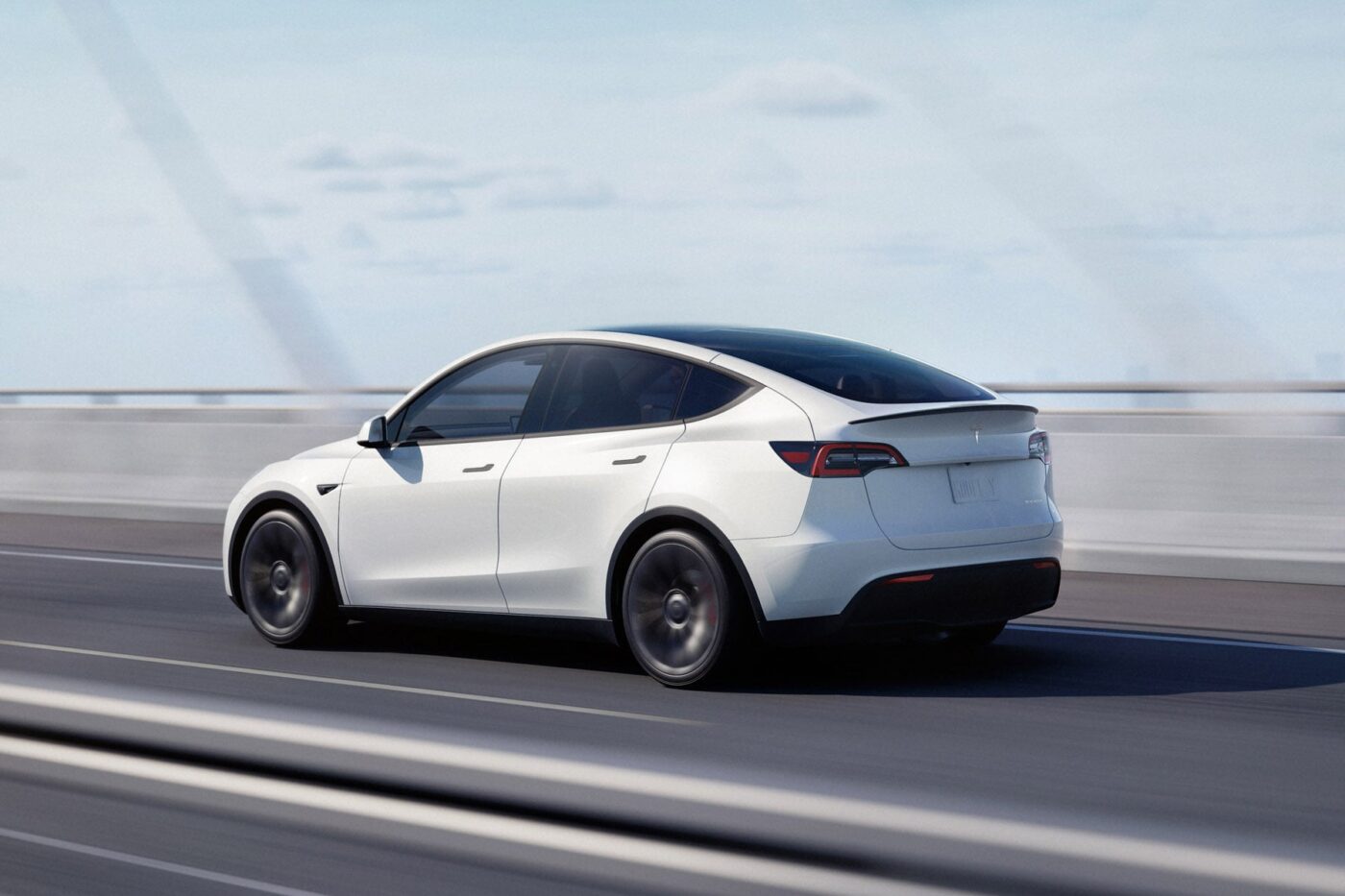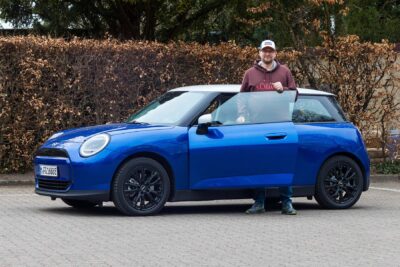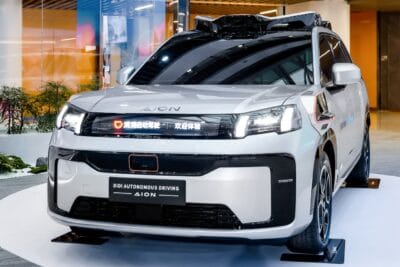10,480 new electric cars registered in Norway in August
Of course, the record relates to the share of all-electric cars in all new registrations, not the absolute number of new electric cars. In the past, this was already significantly higher than the 10,480 new electric cars from August, and it was only this June that a higher figure was achieved with 14,009 vehicles. In contrast, a 94.3 per cent BEV share in one month has never been seen before, even in the eMobility flagship country of Norway.
The share of BEVs has fluctuated greatly recently, as have the absolute number of new electric registrations. In July, for example, it was already a whopping 91.9%, but only with 5,934 new electric cars. In June, on the other hand, the number of electric vehicles was significantly higher at the aforementioned 14,009 units, but the proportion of electric vehicles was “only” 80.0%. A year ago, in August 2023, there were 9,250 electric cars with a market share of 83.7%.
Across all drive types, 11,114 new cars were registered in Norway, which means that August 2024 was only 31 vehicles higher than the same month last year. However, with almost identical results, the composition of new vehicle registrations has changed significantly, with all other drive types apart from purely electric cars losing ground among passenger cars – plug-in hybrids, in particular, with a drop of 77.9 per cent. “This is entirely in line with Norwegian tax policy, which exclusively favours electric cars,” says the Norwegian road authority OFV.
In addition to the 10,480 pure battery electric cars, there were also 161 plug-in hybrids in August, 158 of which had a petrol engine and three of which had a diesel engine on board as a combustion engine. This makes a total market share of 1.4 per cent, meaning that 95.7 per cent of new cars in Norway had a charging connection. In the revised presentation of the monthly registration figures, the OFV now also lists fuel cell cars separately; previously, it only referred to electrically powered vehicles in general. However, not a single FCEV was newly registered in August, and just nine have been registered this year.
August was also a weak month for mild and full hybrids. They achieved 249 new registrations and a market share of 2.2 per cent – compared to 6.7 per cent this year, so August was well below average. The situation was similar for pure combustion vehicles: Here, too, the August results were well below the year-to-date average, with 59 petrol vehicles (0.5 per cent) and 165 diesel vehicles (1.5 per cent).
“The enthusiasm for electric cars has long been great in Norway, and good incentives have been crucial in getting us to where we are today. We can only look at Sweden and see what happens when the incentives are removed,’ says Øyvind Solberg Thorsen, Director of OFV, with a view to the declining e-share in Sweden. In Norway, the BEV share in 2024 is currently 87 per cent. ‘Nevertheless, there are still 13 per cent who opt for different variants of petrol and diesel cars. So there are still many people who do not yet consider the electric car to be the best solution,” said Solberg Thorsen. He believes that the increase in new car sales in August can be linked to, among other things, a certain optimism and a slight improvement in people’s financial situation. “At the same time, an important part of the explanation is that it is simply not worth choosing anything other than electric cars in Norway.”
The OFV boss also emphasises that almost all models in the top ten cost less than 600,000 kroner (51,150 euros). “When buying a new car, people are more in tune with common sense and their wallets,” added Solberg Thorsen.
The Tesla Model Y stands out in the top ten, as it was the only model to achieve four-digit new registrations – specifically 2,107 new Model Ys in August, or 19.0 per cent of all new registrations. The Volvo EX30 (932), which remains strong, came in second place ahead of the Skoda Enyaq as the first model from the VW Group with 720 new registrations.
The other models in the top ten were the VW ID.4 (584), the Toyota bZ4X (526), Audi Q4 e-tron (369), the Tesla Model 3 just behind (367), the ID.3 (344) ahead of the BMW i4 (334) and the Nissan Ariya (307).
ofv.no (in Norwegian)





0 Comments